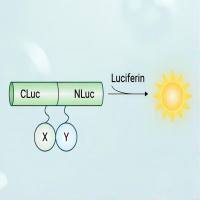The formation of new synapses within neuronal circuits is considered a primary mechanism of long-term synaptic plasticity to allow an increase in synaptic strength. Thus, understanding mechanisms of synapse formation in detail is pivotal for understanding circuit development, as well as learning and memory processes. Unlike the fairly static vertebrate neuromuscular junctions (NMJs), arthropod NMJs are dynamic, and in terms of structure and function similar to central excitatory synapses of the vertebrate brain. The Drosophila NMJ, unlike most other synaptic models, allows combining genetics with physiological, ultrastructural, and as described here, histological analyses.
Following “the life history” of identified synapses over time in the intact organism by monitoring their molecular dynamics and functional features is important for a full understanding of synapse formation and plasticity. Thus, there has been a long-standing motivation to follow cellular and synaptic events in vivo. However, to date few preparations have been studied, and often only with great difficulty. New perspectives in this field are opened up by the continuous development of powerful, genetically encoded fluorescent probes for in vivo imaging, most prominently green fluorescent protein (GFP). The Drosophila system allows the easy expression of relevant GFP-fusions (e.g., with synaptic proteins) from genomic transgenes to ensure physiological expression levels, and to test the functionality of GFP fusions by genetic rescue assays. Here, we provide protocols for immunolabeling of fixed NMJs in Drosophila embryos and larvae. Moreover, molecular in vivo imaging of Drosophila NMJs within developing larvae, a recent methodological addition of the NMJ model, is described. Finally, we present simple procedures how to extract quantitative information concerning synapse size and number from NMJ images.






